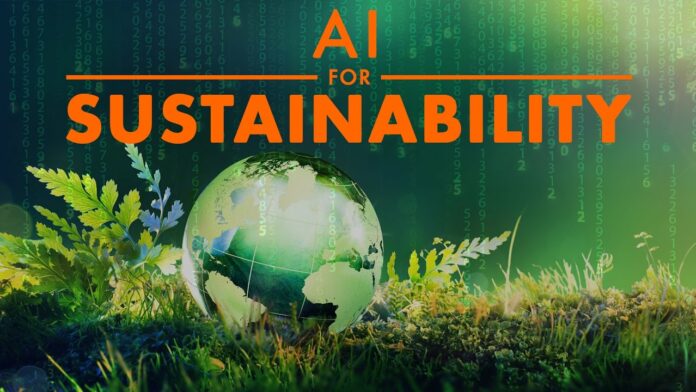Artificial intelligence, with implications for global productivity, environmental results, and a variety of other areas in the near and long term influence on sustainable development has been reported to have both good and negative consequences.
However, there has yet to be a published study that systematically evaluates the influence of AI on all elements of sustainable development.
Even though there is no universally accepted definition of AI, this perspective spans a wide range of subfields, including machine learning.
AI has the potential to enable 134 targets across the SDGs, primarily through technological advancements that can help overcome current restrictions. An overview of AI’s general areas of influence by looking at Society, Economy, and Environment weighing how acceptable the data presented in each reference is for assessing an interlinkage to the percentage of targets evaluated. AI-based technologies have the potential to serve various segments inside society. SDG 1 (no poverty), SDG 4 (quality education), SDG 6 (clean water and sanitation), SDG 7 (cheap and clean energy), and SDG 11 (sustainable cities) are all targets. By assisting in the supply of food, health, water, and energy services to the population, AI may operate as an enabler for all of the goals.
It can also promote low-carbon systems by assisting in the development of circular economies and Smart grids that partially match energy demand to periods when the sun is shining and the wind is blowing can also help to integrate variable renewables. AI can have a smaller detrimental influence than it can have a good impact.
However, these must be taken into account. Many of these have to do with how AI-enabled technical advancements can be deployed in countries with varying cultural values and affluence. Advanced AI research and product creation may necessitate vast computational resources only available through supercomputers.
These facilities use a lot of energy and have a big carbon footprint. Cryptocurrency applications such as Bitcoin consume as much electricity as some countries’ electrical demand16, jeopardizing outcomes.SDG 7 in particular, but also SDG 13 on Climate Action. The total electricity demand for information and communications technology could reach 20% of global electricity demand by 2030, up from 1% today15.
As a result, ICT technology’s green growth is critical17. More effective cooling systems for data centers increased energy efficiency, and the use of renewable energy in ICTs will all help to limit the expansion of electricity consumption.
Follow and connect with us on Facebook, LinkedIn & Twitter

